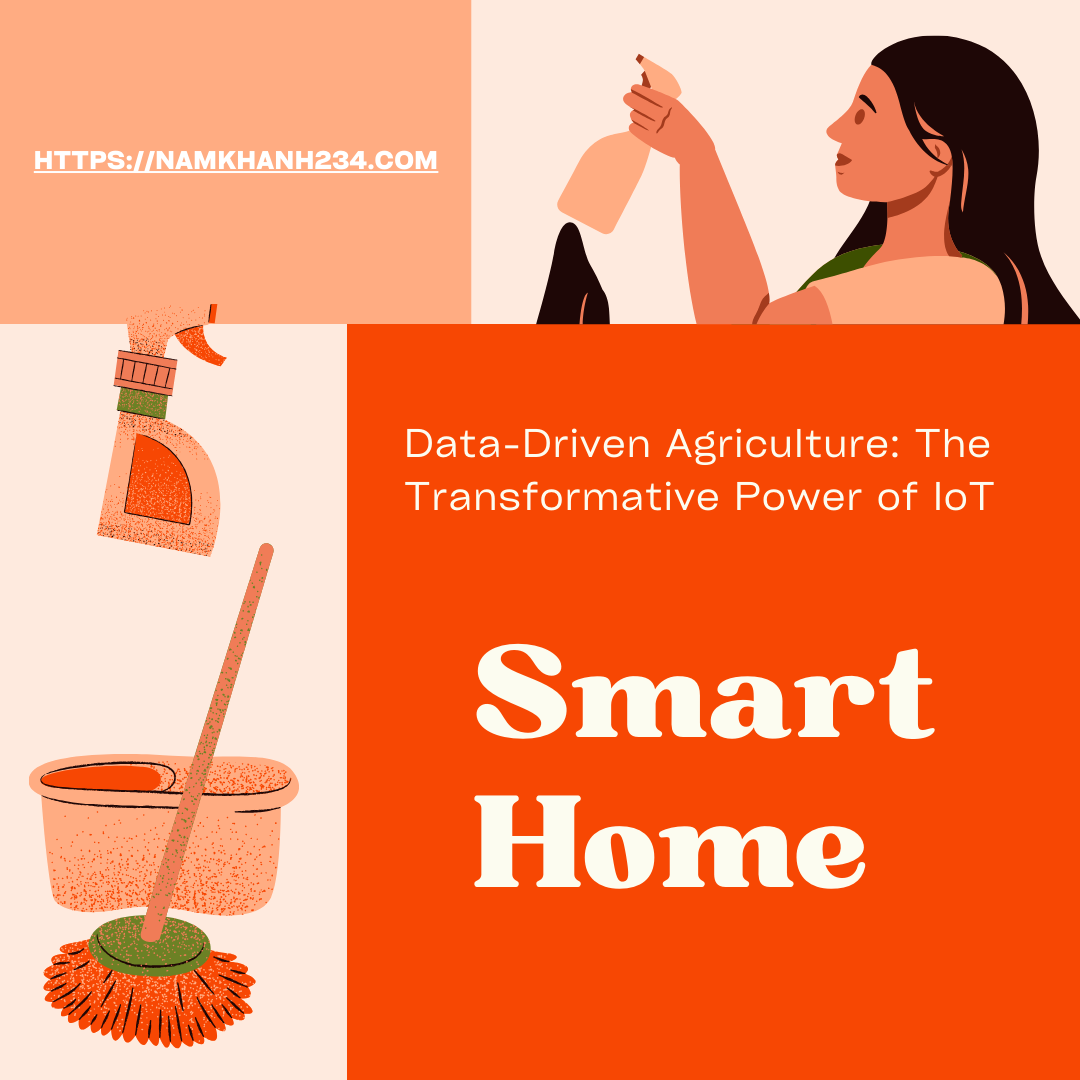
The agricultural landscape is witnessing a paradigm shift with the advent of the Internet of Things (IoT), ushering in an era of data-driven agriculture. This transformation is not just about the adoption of new technologies; it’s about revolutionizing the way farming is perceived and practiced. “Data-Driven Agriculture: The Transformative Power of IoT” delves into how IoT is becoming a cornerstone in modern agriculture, enhancing efficiency, productivity, and sustainability.
IoT in agriculture represents the integration of advanced sensors, drones, autonomous vehicles, and other IoT devices that collect a myriad of data points from the farm environment. These include soil moisture and nutrient levels, weather conditions, crop growth, pest and disease occurrences, and livestock health. The beauty of IoT lies in its ability to turn this data into actionable insights through sophisticated analytics, empowering farmers to make informed decisions.
One of the most significant impacts of IoT is seen in the realm of precision farming. This approach uses data to micro-manage farming practices, tailoring them to the specific needs of each plot of land and even each plant. This level of precision in applying water, fertilizers, and pesticides not only boosts crop yields but also reduces resource wastage and environmental impact.
Another critical area where IoT is making strides is in resource management. Water scarcity is a growing concern worldwide, and IoT-enabled smart irrigation systems ensure optimal water usage. These systems analyze soil moisture data and automate irrigation schedules, delivering the right amount of water at the right time. This not only conserves water but also prevents the leaching of nutrients, preserving soil health.
IoT also plays a pivotal role in enhancing the supply chain efficiency of agricultural products. From farm to fork, IoT devices can track the condition and location of produce, ensuring quality and reducing spoilage. This traceability is particularly important in a world increasingly concerned about food safety and sustainability.
Despite its numerous benefits, the integration of IoT in agriculture faces challenges like the need for robust connectivity in rural areas, high initial costs, and data privacy concerns. Addressing these requires collaborative efforts between technology providers, agricultural experts, and policy makers. Investments in rural infrastructure, subsidies for IoT adoption, and regulations for data security are essential for harnessing the full potential of IoT in agriculture.
Furthermore, the advent of IoT in agriculture opens new avenues for environmental conservation and sustainable farming practices. By utilizing data to monitor and manage the health of crops and livestock, IoT enables farmers to adopt eco-friendly practices. For instance, precise application of fertilizers based on soil health data can significantly reduce runoff into water bodies, thereby protecting ecosystems. Similarly, monitoring livestock health through IoT devices can lead to better animal welfare and reduce the overuse of antibiotics, a critical issue in sustainable livestock management.
The potential of IoT in agriculture also extends to combating the effects of climate change. With the capability to monitor microclimatic conditions and analyze long-term environmental data, IoT helps farmers adapt to changing weather patterns. This adaptability is crucial in ensuring food security in the face of unpredictable weather and climate-related challenges.
IoT technology is also catalyzing a new wave of innovation in agricultural practices. The integration of IoT with advanced technologies like artificial intelligence (AI) and machine learning (ML) is leading to the development of smart farming solutions that can predict crop yields, optimize planting schedules, and provide recommendations for crop rotation. These advancements not only enhance productivity but also contribute to a deeper understanding of agricultural ecosystems.
However, the true potential of IoT in agriculture can only be realized through widespread adoption and scalability. This requires not only technological advancements but also educational initiatives to equip farmers with the necessary skills to leverage these technologies. Furthermore, developing partnerships between tech companies, agricultural institutions, and government bodies is essential for creating a supportive ecosystem for IoT in agriculture.
“Data-Driven Agriculture: The Transformative Power of IoT” highlights the profound impact of IoT in revolutionizing the agricultural sector. By enabling precise, efficient, and sustainable farming practices, IoT is not just transforming how we grow food; it’s reshaping our relationship with the environment and our approach to global food security. As we continue to explore the possibilities of IoT in agriculture, we are stepping into a future where farming is driven by data, powered by technology, and aligned with the principles of sustainability.